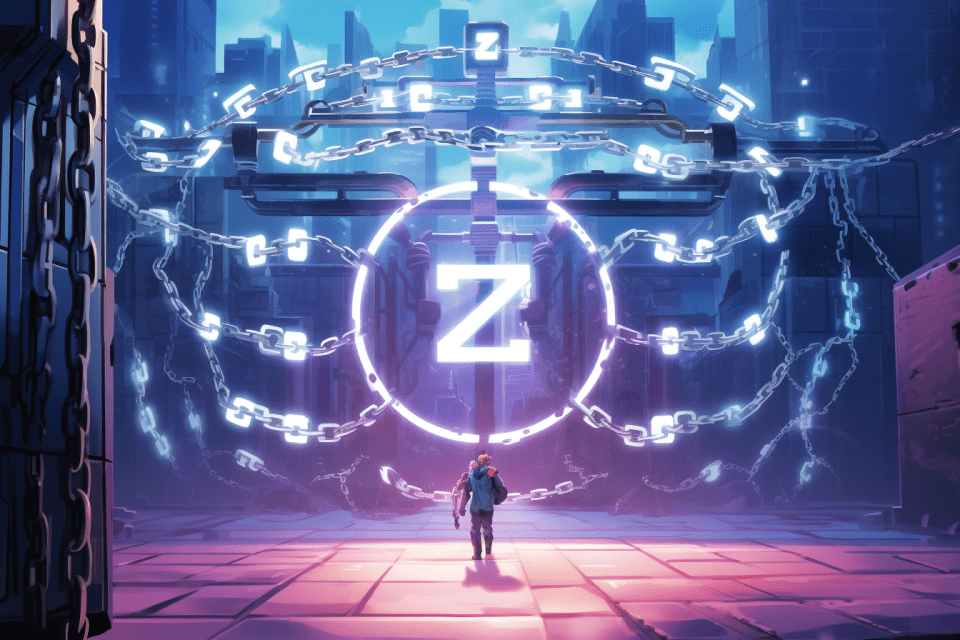Polygon Announces Plans for Polygon 2.0 Cross-Chain Coordination Protocol
Polygon co-founder, Jordi Baylina, recently revealed that 2024 will be a crucial year for the development of Polygon’s “Polygon 2.0” cross-chain coordination protocol. In an exclusive interview with Cointelegraph, Baylina explained that the upcoming year will serve as a test to see how Polygon’s various Ethereum layer 2 scaling networks can integrate and scale using zero-knowledge proofs (ZK-proofs).
According to Baylina, the goal for Polygon 2.0 is to connect all the networks within the Polygon ecosystem, allowing them to share liquidity and composability. This means that different networks with their respective tokens, sequencers, and data availability solutions will be unified through the implementation of ZK-proof technology, creating a continuous and unbounded blockspace.
Polygon’s Scaling Ecosystem
Polygon unveiled its Polygon 2.0 plans in June 2023, outlining a scaling ecosystem consisting of four protocol layers: staking, interop, execution, and proving layers. These layers work together to create an interconnected network of chains that facilitate fast value transfer and information sharing.
2023 Achievements
Baylina highlighted the significant milestones achieved by Polygon in 2023. The introduction of zkEVM, which mimics Ethereum’s mainnet transaction execution environment, allowed DApps to scale through transaction batching. This resulted in reduced transaction costs and increased throughput of smart contract deployments.
Polygon’s Chain Development Kit (CDK), released in September 2023, opened the ecosystem to new development opportunities. The CDK enables developers to launch custom ZK-powered layer 2 protocols on Ethereum, tailored to their project’s requirements. It also provides automatic access to liquidity across all of Polygon’s chains and the broader Ethereum ecosystem.
Polygon’s Roadmap for 2024
Baylina emphasized that the transition to Polygon 2.0 will be a complex process. Polygon is a decentralized system, and consensus is required before the switch can occur. Furthermore, all bridges need to be moved, the network needs to continue functioning, and applications must maintain continuity.
In September 2023, Polygon released three Polygon Improvement Proposals (PIPs), including the transition from MATIC to POL tokens. The upgrade will see MATIC tokens become the native gas and staking token for the Polygon ecosystem. This transition will be accompanied by the launch of the staking layer and migration of Polygon public chains.
Overall, Polygon’s plans for Polygon 2.0 demonstrate their commitment to scalability and interoperability within the Ethereum ecosystem. With the implementation of ZK-proof technology and the integration of various networks, Polygon aims to create a seamless and efficient cross-chain coordination protocol.
Read More: Polygon co-founder: $1B bet on ZK-rollups paying off
Magazine: Slumdog billionaire: Incredible rags-to-riches tale of Polygon’s Sandeep Nailwal

